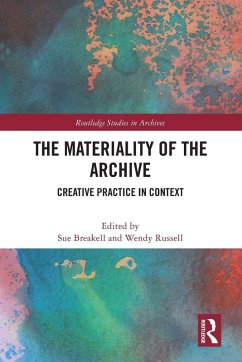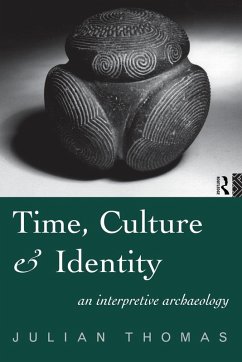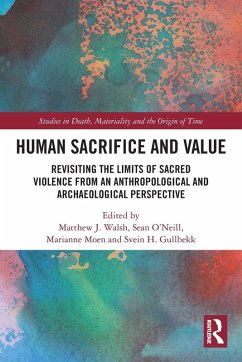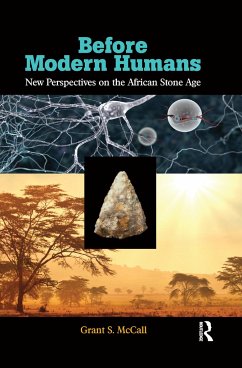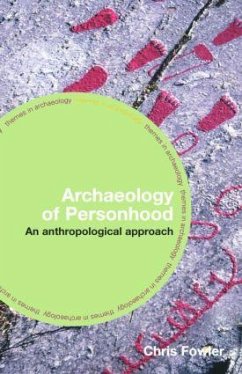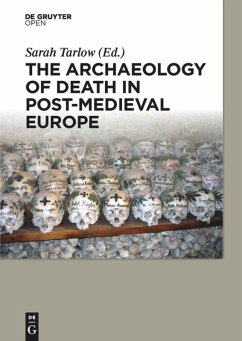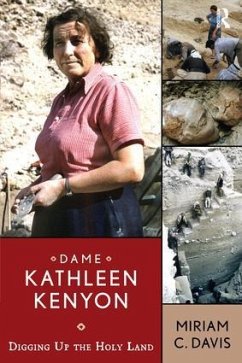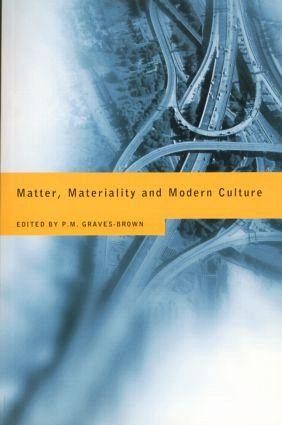
Matter, Materiality and Modern Culture
Versandkostenfrei!
Versandfertig in 6-10 Tagen
38,99 €
inkl. MwSt.
Weitere Ausgaben:

PAYBACK Punkte
19 °P sammeln!
Matter, Materiality and Modern Culture offers a new approach to the study of contemporary objects, to give the reader a new understanding of the relationship between people and their material world. It asks how the very stuff of our world has shaped our societies by addressing a broad array of questions including:
_ why do Berliners have such strange door keys?
_ should the Isle of Wight pop festival be preserved?
_ could aliens tell a snail shell from a waste paper basket
_ why did Victorian England make so much of death and burial?
_ why do Berliners have such strange door keys?
_ should the Isle of Wight pop festival be preserved?
_ could aliens tell a snail shell from a waste paper basket
_ why did Victorian England make so much of death and burial?





